A properly fitting snorkel mask is essential for people with smaller faces. Many standard masks can leak or cause discomfort if they're too big, making it hard to enjoy snorkeling. The right mask should fit snugly without pressure points, letting you see clearly underwater without constantly adjusting or clearing water. Today's masks come in smaller sizes with features like adjustable straps and flexible seals, offering better options for smaller facial structures. This guide will help you choose and use a mask that works well for your face shape.

Why Fit Matters for Snorkel Masks
You'll Get Water in Your Mask
When a snorkel mask is too big for your face, it won't seal properly around your cheeks and temples. Water will leak in while you swim, and you'll need to stop often to empty your mask. This is especially common for smaller faces, as standard masks leave gaps that let water seep through.
The Mask Will Hurt Your Face
To stop leaks, you might tighten the straps too much on a large mask. This puts extra pressure on your nose bridge and cheekbones, causing pain and headaches. Even a short swim can become uncomfortable with an ill-fitting mask pressing against your face.
You Won't See Clearly
A loose mask moves around while you swim, making it hard to see underwater. Poor visibility makes swimming less enjoyable and can be unsafe. You need to see clearly to swim well and stay aware of your surroundings.
Standard Masks Are Too Big
Most adult masks are made for average-sized faces. If you have a smaller face, these masks won't seal well because they're too wide. Kids' masks aren't a good solution either - they're often too small and designed with different specifications than adult masks

What to Look for in a Snorkel Mask for Smaller Faces
A Narrow Frame That Fits Your Face
The mask's frame should be narrow enough to align with your face width. Look for masks labeled "low volume" or "compact fit" - these sit closer to your face and seal better. The frame should also be light and not extend far beyond your eye sockets.
Good Quality Silicone Seal
The seal around the edge of your mask should be made of soft silicone, not rubber. Silicone forms a better waterproof seal, feels softer on your skin, and lasts longer. Check that the seal is flexible enough to mold to your face shape without feeling stiff.
Easy-to-Adjust Straps
Your mask should have straps that you can adjust quickly, even while wearing it. Look for:
- Buckles that move smoothly
- Straps that stay in place once adjusted
- A split strap design that keeps the mask stable
- Quick-release buttons for easy removal
Smaller Lenses That Still Let You See Well
Bigger isn't always better with mask lenses. Smaller lenses that match your face size will seal better and feel more comfortable. Make sure you can still see clearly to the sides when you try the mask on.
A Nose Pocket That Fits
The nose pocket shouldn't pinch or press on your nose. It should be:
- Small enough to fit your nose shape
- Soft and flexible
- Easy to pinch when equalizing pressure
- Comfortable during long swims
Each feature should work together to create a mask that fits snugly without pressure points. Take time to try different masks and check how each feature works for your specific face shape.

Best Types of Snorkel Masks for Smaller Faces
Single-Lens or Multi-Lens: Which Works Better?
Single-lens masks have one large piece of glass across both eyes. These masks often fit smaller faces well because they have fewer edges to seal. You'll get a wide, clear view underwater without the divider in the middle that multi-lens masks have.
Multi-lens masks use separate pieces of glass for each eye. While they can be good for very narrow faces, they sometimes leak where the lenses meet. They also might limit your side vision compared to single-lens designs.
Frameless Masks: A Good Option for Small Faces
Frameless masks don't have a hard plastic frame around the lens. Instead, the silicone seal attaches directly to the glass. These masks offer:
- A closer fit to your face
- Less bulk and weight
- Better sealing around the edges
- More flexibility to match your face shape
Should You Try Youth Masks?
Some adults with smaller faces consider youth masks. Here's what to know:
- Youth masks can work if they're high quality
- Check that the straps are long enough
- Make sure the nose pocket isn't too small
- Look for durable materials that will last
- Test the mask's field of vision - some youth masks may be too narrow
Choose a mask marketed as "small adult size" before trying youth sizes. These masks combine a smaller fit with adult-quality materials and features. For instance, G2RISE offers snorkel masks in sizes XS, S, M, L, and XL, making it easier for people to find their perfect fit.

How to Use Your Snorkel Mask Properly
Put Your Mask On
Pull your hair back completely before putting on your adult mask to prevent leaks. Place the mask on your face first, without the strap. Make sure it covers your eyes and nose comfortably. Then pull the strap over your head and position it above your ears. Adjust both sides of the strap gently until the mask feels secure but not too tight.
Check for Leaks
Test your mask's seal before getting in the water. Place the mask on your face without the strap, then breathe in slightly through your nose. If the mask stays on your face, you have a good seal. If it falls off, try adjusting how it sits on your face. This simple test helps prevent leaks while swimming.
Stop Your Mask from Fogging
Clean new masks with mild soap to remove the factory coating that causes fogging. Use anti-fog spray or gel before each swim. Keep sunscreen away from the inside of your mask. If you don't have anti-fog solution, a drop of baby shampoo mixed with water works well.
Position Your Snorkel Right
Your snorkel should sit close to the side of your head with the top tilted slightly back. The clip that holds the snorkel to your mask strap should keep it steady without pulling. When you turn your head, the snorkel should move with you smoothly. This position helps you breathe easily and keeps water out.
Make Your Small-Face Mask Work for You!
A good snorkel mask should fit your smaller face perfectly - with no leaks, no pressure points, and clear vision underwater. Look for narrow frames and quality silicone seals, test different mask types to find your best fit, and learn to use it properly. With the right mask and proper care, you can focus on enjoying your swim instead of dealing with a leaky or uncomfortable mask.
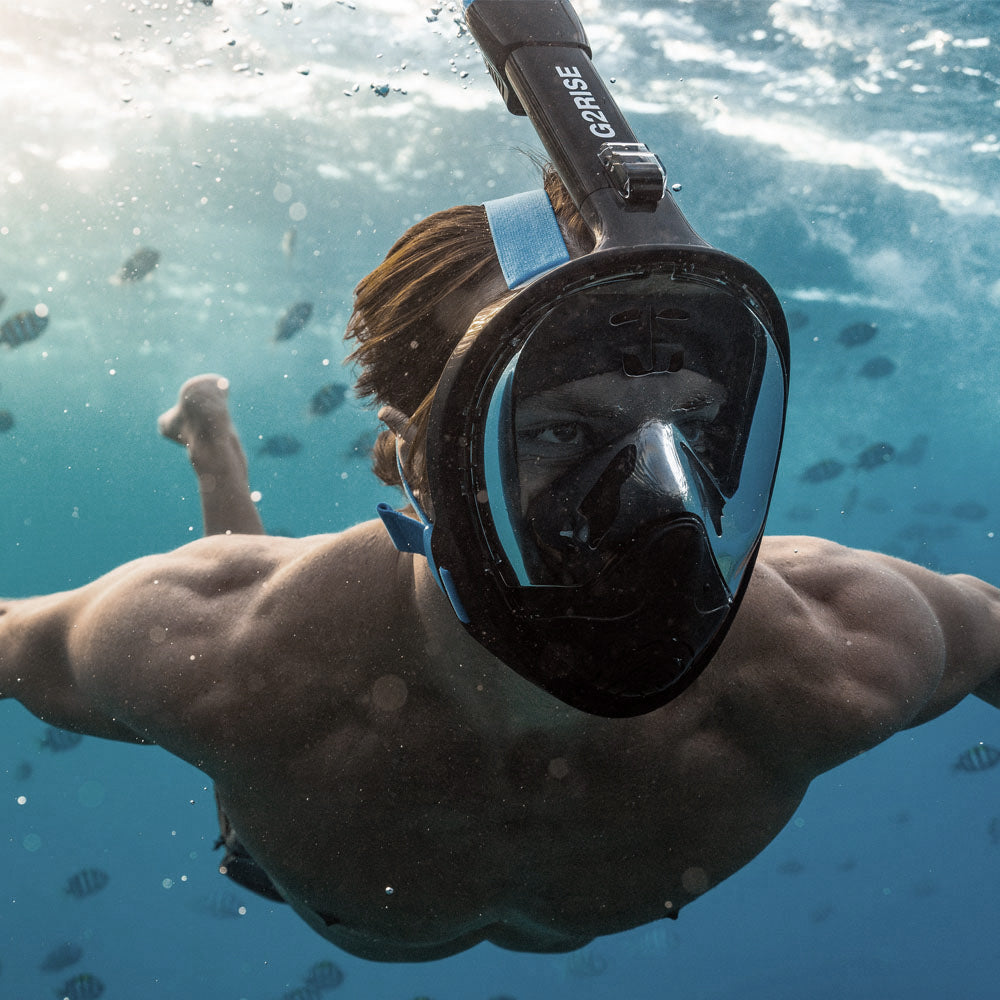
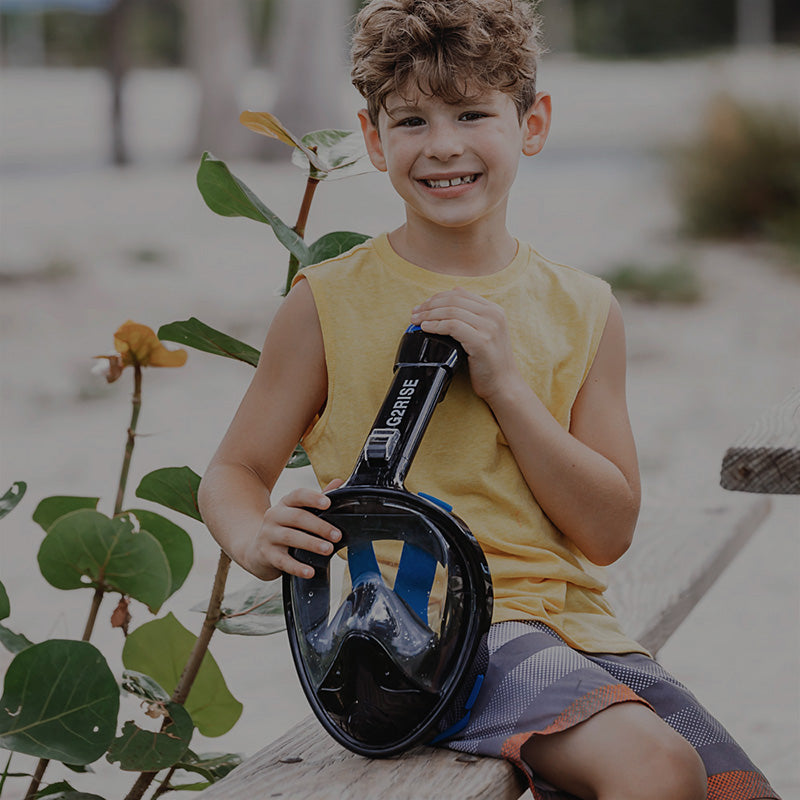
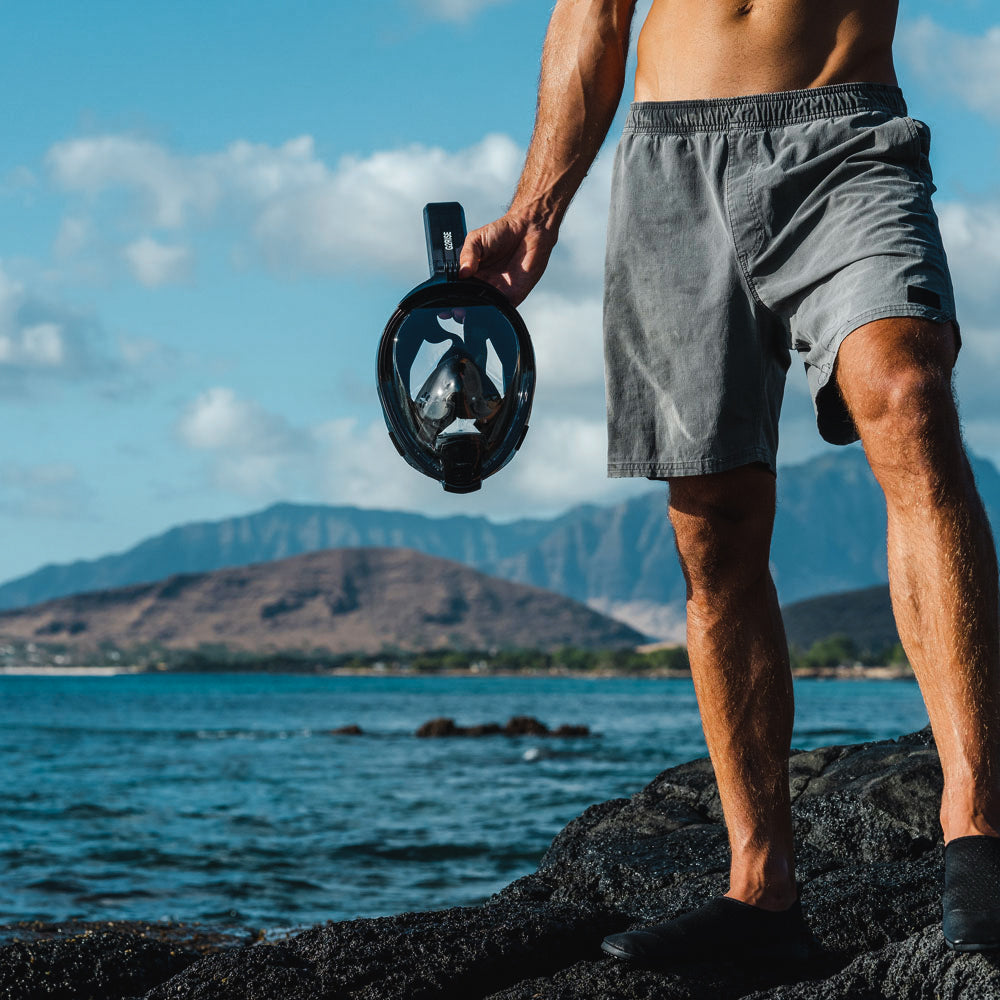
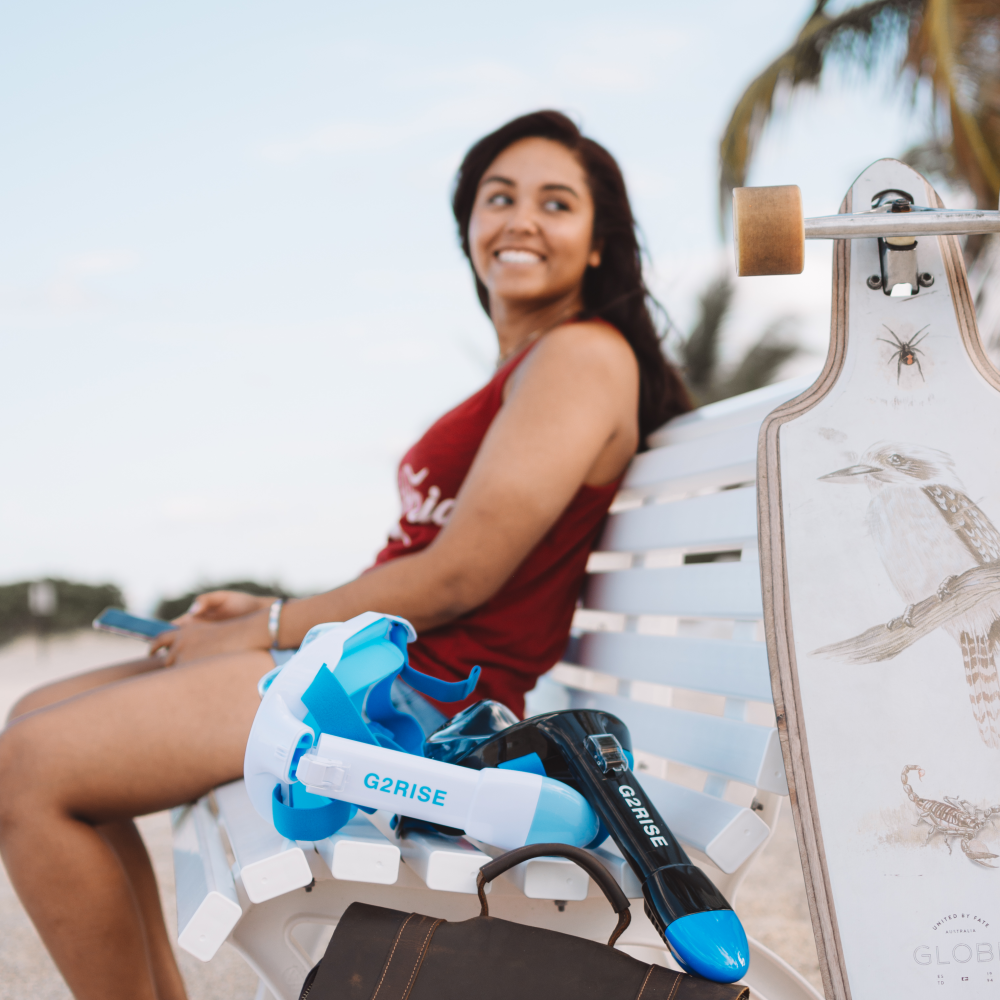
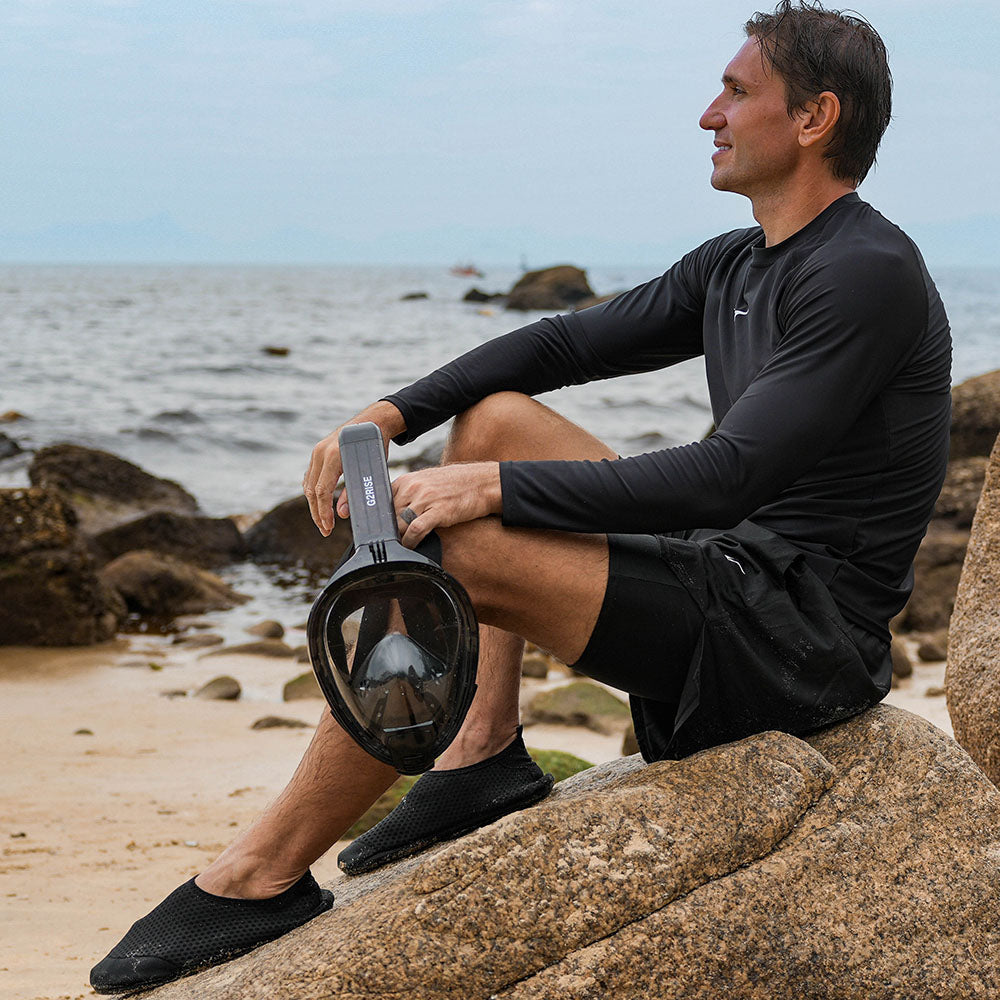
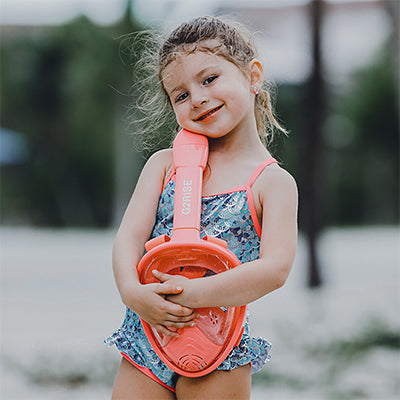
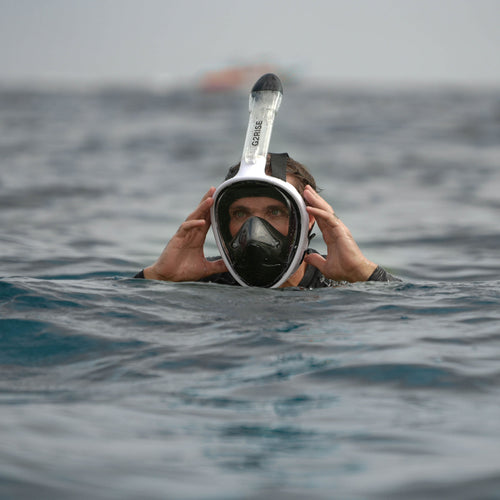
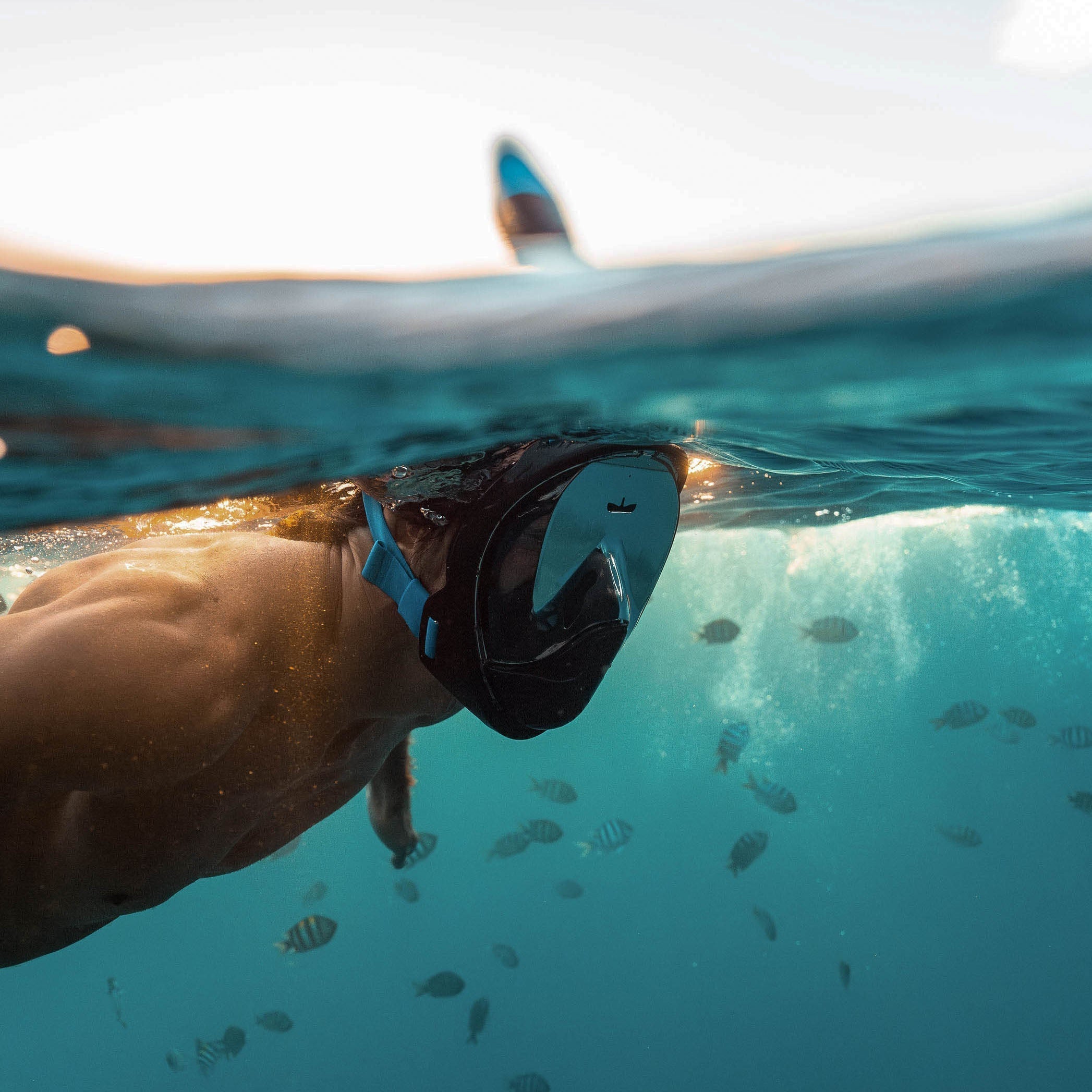
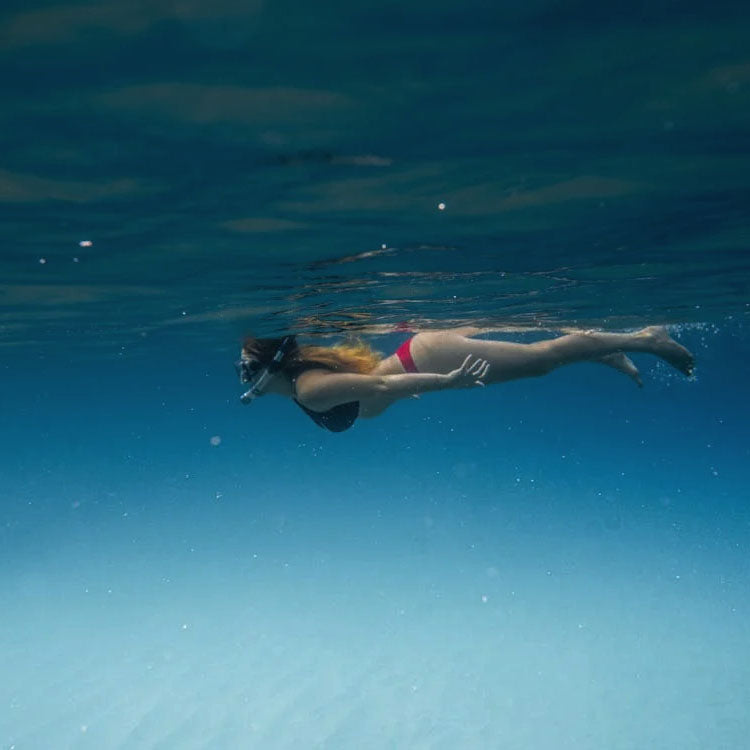
Leave a comment
This site is protected by hCaptcha and the hCaptcha Privacy Policy and Terms of Service apply.